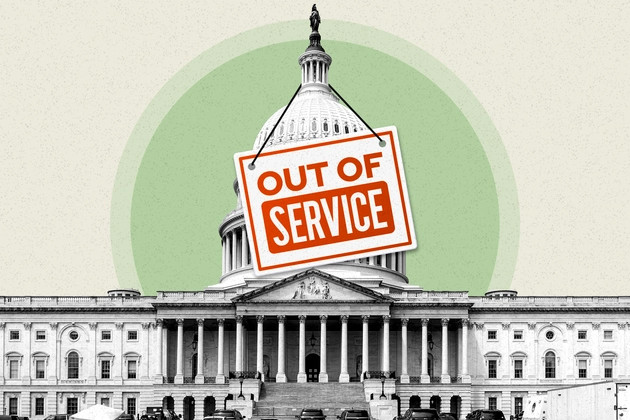Earlier this month, the Los Angeles Dodgers won the world series. Shortly after that, Forbes published an article about the record-breaking global viewership that the world series amassed. The 11-inning Game 7 instant classic had over 51 million viewers across just the U.S., Canada, and Japan. There are a couple obvious reasons for the...
Should The Fed Cut Rates?
As reported in this CNN article, the Federal Reserve decided yesterday to hold rates between 4.25% and 4.50%. President Trump, who has called for major Federal Reserve rate cuts, was disappointed in the Fed's decision. In a Truth Social post, Trump said that rates should be cut by 2.5 percentage points–equivalent to ten standard rate cuts. Trump called Federal Reserve chair Jerome Powell "too late" and said he is "costing the country billions." The president's criticism of Powell is unique, as the Fed is meant to operate independently from the president.
President Trump's calls for rate cuts highlight an interesting and growing tension between fiscal ambition and monetary caution. Cutting rates by 2.5 percentage points would make government borrowing much cheaper, lower corporate financing costs, and revive interest-sensitive industries like real estate and construction. In the short term, cheaper credit could spur investment and hiring, helping offset the slow growth from tariffs. Furthermore, mortgage rates remain above 6%, slowing down the housing market. This is particularly hurting younger/first-time homebuyers. Lower rates could provide life to the housing market, boosting GDP figures. While all of that sounds good, the risk of inflation looms overhead. Economists worry that cutting rates, especially large cuts, could weaken the dollar and further widen the deficit as Treasury yields become more volatile. The Fed's dual mandate–to achieve price stability and maximum employment–requires the Fed to be very cautious of actions that could cause inflation/unemployment. Market reactions to the Fed's announcement show how expectations affect markets: equity indices rose due to hopes of future cuts, while bond spreads narrowed in anticipation of lower yields.
This CNBC article, published last week, talks about how the U.S. federal government has just shut down. The shutdown started after Congress failed to reach an agreement on a funding bill before the deadline. The article goes on to talk about the immediate impacts on federal workers, disruptions to non-essential government services, and the...
Is There An AI Market Bubble?
This CNBC article from earlier today discusses how OpenAI CEO Sam Altman thinks that the artificial intelligence market might be in a bubble. Altman compared today's AI enthusiasm to the dot-com bubble of the late 1990s, where inflated valuations led to a market crash. Altman acknowledged the revolutionary potential AI has, but cautioned that...




